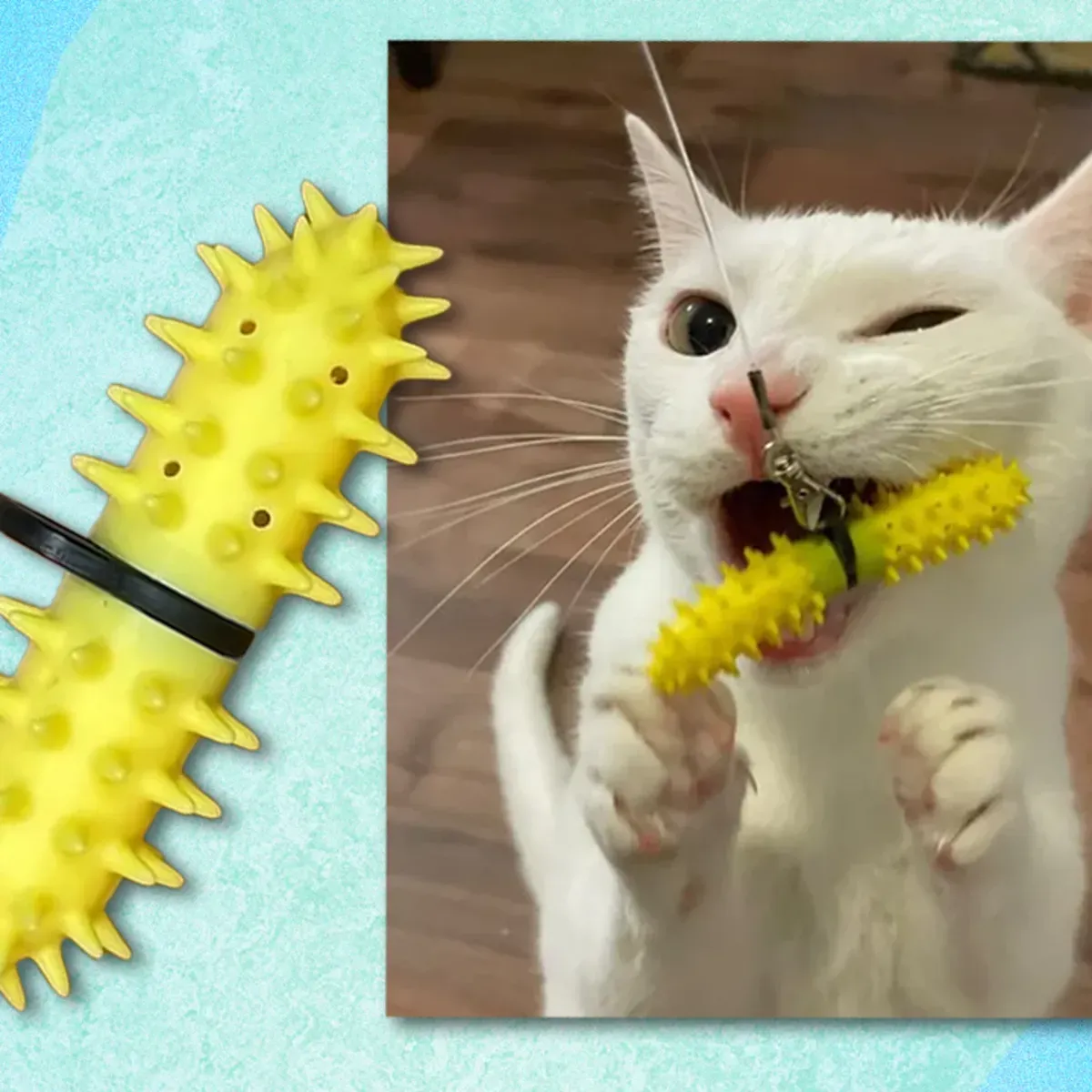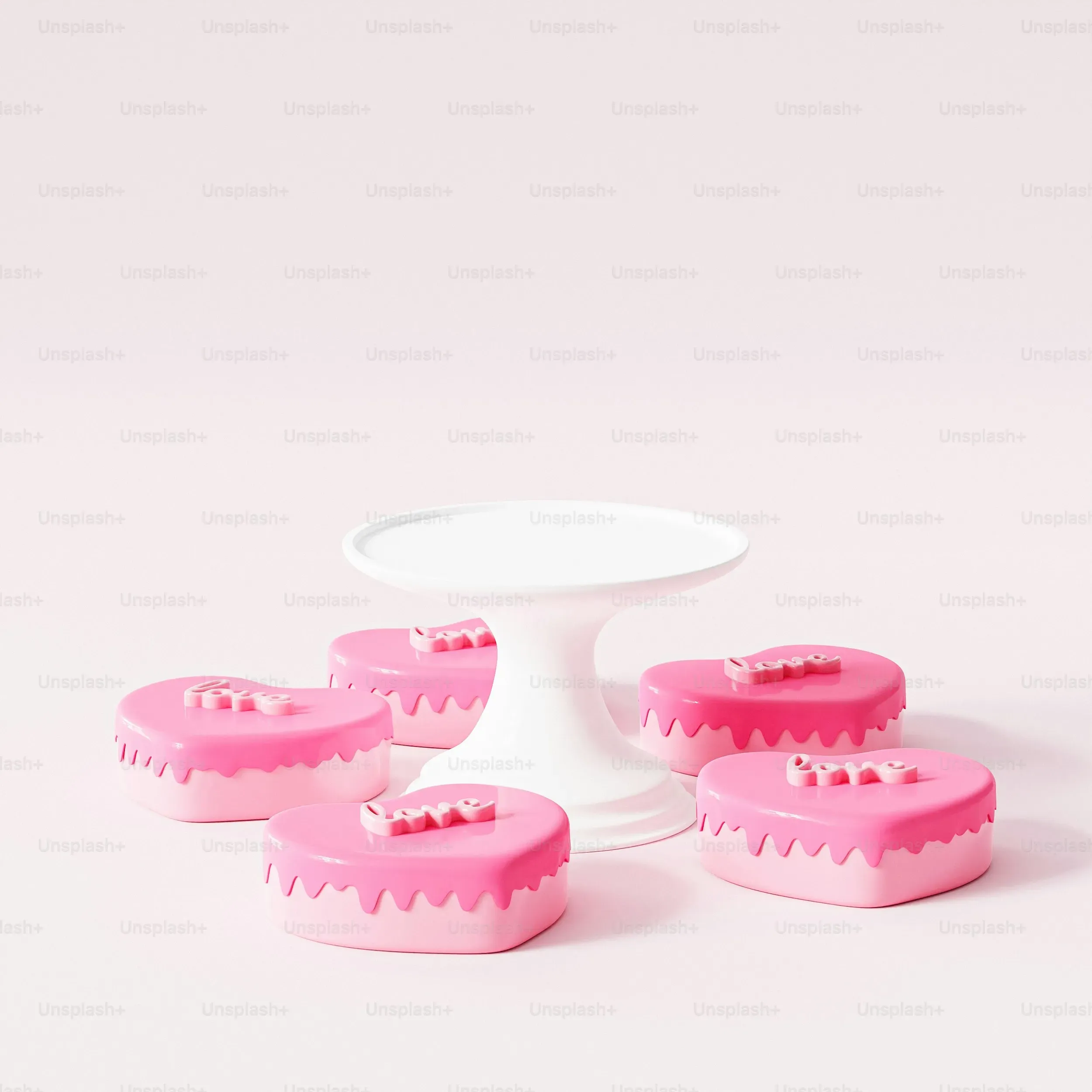Table of Contents
Let's be honest, trying to brush your cat's teeth can feel like wrestling a tiny, furry ninja. Most cats aren't exactly thrilled about having a toothbrush shoved in their mouth. You know dental health is crucial for your feline friend – bad teeth can lead to bigger problems down the line, impacting their kidneys, heart, and overall well-being. So, you look for alternatives, maybe something that makes dental care feel less like a battle and more like playtime.
Do Dental Toys Really Clean Cat Teeth?

Do Dental Toys Really Clean Cat Teeth?
The Million-Dollar Question: Do They Actually Work?
Alright, let's cut to the chase. You see these toys marketed everywhere, promising pearly whites for your feline overlord. The truth? It's not quite that simple. Think of dental toys less like a full-on deep clean and more like chewing gum for humans – it helps a little, but it doesn't replace brushing or a trip to the dentist. **Do Dental Toys Really Clean Cat Teeth?** The answer is, they can *help* reduce plaque buildup, especially the soft, newly formed stuff.
They work primarily through mechanical action. As your cat chews, bites, and rubs their teeth against the toy's surface, it can create a mild abrasive effect. This friction can scrape away some of the sticky plaque before it hardens into tartar, which is much tougher to remove. It's not a miracle cure, but it's better than doing nothing, assuming your cat actually engages with the toy.
How They *Might* Lend a Paw
So, how do these things even convince a cat to chew in the first place? Often, it's about texture and temptation. Many effective dental toys use textures like mesh, nubs, or ridges designed to gently rub against the teeth and gums during play. Manufacturers also frequently infuse these toys with catnip. Let's face it, catnip is the great motivator in the feline world. A catnip-filled toy is much more likely to be chewed on, batted around, and generally abused in a way that might benefit their teeth.
Some toys are also designed with specific shapes that encourage chewing motions that might reach back teeth. While a cat isn't going to sit there and methodically brush, the act of biting and gnawing on a textured surface can provide some level of surface cleaning. It’s a passive approach, for sure, relying entirely on the cat’s willingness to interact with the toy in the 'correct' way.
Potential Benefits | Key Mechanisms |
|---|---|
Reduces soft plaque buildup | Mechanical abrasion from texture |
Provides gum massage | Ridges and nubs |
Encourages chewing (if motivated) | Catnip infusion, appealing textures |
Setting Realistic Expectations
Here's the critical part: dental toys are a supplement, not a substitute. They aren't getting into the nooks and crannies between teeth, they aren't cleaning below the gumline, and they certainly aren't removing hardened tartar. Think of it like using mouthwash instead of brushing – it might freshen things up and get some loose particles, but it's not cleaning the tooth surface effectively.
Plus, cats are notoriously finicky. You might buy the most expensive, vet-recommended dental toy on the market, only for your cat to sniff it once and walk away in disgust. Success depends entirely on your cat's personality and play style. Some cats love to chew, others prefer batting or stalking. A toy that's meant to be chewed won't do much good if your cat just looks at it funny. So, while **Do Dental Toys Really Clean Cat Teeth?** is a valid question, the practical answer is "a little, if your cat plays with them right, and only on the surface."
Picking Safe and Effective Dental Toys for Your Cat

Picking Safe and Effective Dental Toys for Your Cat
Safety First: What to Avoid in Cat Dental Toys
so you're sold on the idea that a toy *might* help a little. Great. Now, don't just grab the first thing you see with "dental" on the label. Just like with anything your cat puts in their mouth, safety is paramount. You don't want a toy that breaks into tiny pieces they can swallow, causing a blockage or choking hazard. Avoid anything with small bells, feathers, ribbons, or easily detachable parts. Hard plastic or metal might seem durable, but they can actually break your cat's teeth. Sharp edges are also a big no-no. Think soft, durable materials that can withstand some chewing without disintegrating into dangerous bits. Always supervise your cat with new toys, especially chew toys, until you're sure they aren't trying to eat the thing whole.
Features That Actually Help (Maybe)
Now that we've covered what not to buy, let's talk about what might actually work. Look for toys with textures designed to engage the teeth and gums. Mesh materials, rubbery nubs, and raised ridges are common features you'll see. These textures provide that mild abrasive action we talked about, helping to scrape away some surface plaque. Size matters too; the toy needs to be appropriately sized for your cat to get their mouth around it comfortably for chewing. And yes, catnip is your friend here. A toy infused with catnip is far more likely to get the necessary attention and interaction. Some toys have hollow centers where you can hide a tiny bit of treat or cat-safe paste, encouraging them to work at it and, hopefully, chew.
- Look for durable, non-toxic materials.
- Avoid small, detachable parts (bells, ribbons).
- Choose textures like mesh, nubs, or ridges.
- Ensure the size is right for your cat's mouth.
- Catnip infusion is a major plus for engagement.
Top Picks: The Best Cat Dental Toys Vets Suggest

Top Picks: The Best Cat Dental Toys Vets Suggest
What Vets Often Point To
so you want to know which ones actually get a nod from the folks who see cat mouths all day. When vets talk about the **Top Picks: The Best Cat Dental Toys Vets Suggest**, a few names often come up, not because they're magic wands, but because they use materials and designs that stand a slightly better chance of working, *if* your cat plays with them. Petstages is one brand frequently mentioned; they have toys, like those mesh ones, specifically designed with textures intended to catch on teeth and gums. The idea is that the woven material helps scrape away some gunk. Kong isn't just for dogs; they make durable rubber toys for cats too. While not strictly 'dental,' filling a Kong with a bit of cat-safe paste or wet food can encourage prolonged chewing and licking, which provides some mechanical cleaning action. It's about picking toys made from safe, durable stuff that encourages the right kind of interaction.
Beyond Dental Toys: Why Vet Checkups Matter

Beyond Dental Toys: Why Vet Checkups Matter
Toys Won't Catch Everything
so we've established that the **best cat dental toys** can offer a little help on the surface, maybe scrape off some fresh plaque if you're lucky and your cat cooperates. But let's be real. Your cat isn't a beaver, and a rubber fish isn't a dental hygienist. There are places those toys simply cannot reach – below the gumline, between tightly spaced teeth, the back of the mouth where issues often start silently. That's where the professional steps in. Ignoring regular vet checkups and professional dental evaluations is like thinking brushing your teeth means you never need to see a dentist again. It just doesn't work that way for us, and it definitely doesn't for our cats. They hide pain incredibly well, so by the time you notice bad breath or difficulty eating, the problem is usually significant.
What Happens at the Vet's Office?
When you take your cat in for a dental checkup, the vet isn't just peeking in their mouth while they yawn. A proper dental exam involves looking at the gums for redness, swelling, or recession. They check for broken or loose teeth, signs of infection, and assess the level of plaque and tartar buildup. Often, a thorough exam requires sedation because, let's face it, most cats aren't going to sit still with their mouth wide open for inspection. Under sedation, the vet can probe around the teeth and gums, take X-rays to check the tooth roots and jawbone (you can't see those problems just by looking!), and get a complete picture of what's really going on in there. This comprehensive view is something no amount of toy chewing will ever provide.
- Assess gum health (gingivitis, recession)
- Identify broken or loose teeth
- Check for oral infections or masses
- Evaluate plaque and tartar accumulation
- Perform dental X-rays (often under sedation)
- Develop a professional cleaning plan if needed
Professional Cleaning is Key
If the vet finds significant plaque or tartar, or signs of periodontal disease, a professional cleaning is the next step. This is done under anesthesia for the cat's safety and the vet's ability to do a thorough job. They use specialized tools, similar to what your own dentist uses, to scale off hardened tartar above and below the gumline. This is crucial because tartar is a haven for bacteria and cannot be removed by toys or brushing alone. After scaling, the teeth are polished to create a smooth surface that's harder for plaque to stick to. Sometimes, extractions are necessary if teeth are severely damaged or infected. It sounds serious, and it can be, but addressing these issues prevents chronic pain and systemic health problems down the road. Relying solely on the **best cat dental toys** is like trying to fix a leaky roof with a band-aid; it might cover a tiny spot, but it won't solve the underlying problem. Your vet is your essential partner in keeping your cat's mouth healthy for the long haul.
Wrapping Up: Dental Toys and Your Cat's Oral Health
So, while the dream of a toy completely replacing brushing might be just that – a dream – the right dental toy can absolutely be a valuable addition to your cat's routine. They won't magically erase years of buildup, but they can help manage plaque between cleanings. The trick is picking toys made with safe materials, designed to actually engage your cat's chewing instincts, and using them consistently. Remember, these are aids, not the whole solution. Think of them as a little extra credit for your cat's teeth. Pairing them with regular brushing (yes, even if it's a struggle) and those crucial annual or bi-annual vet dental checkups is the real strategy for keeping your feline's fangs in good shape for years to come. It takes effort, but a healthy mouth means a happier, healthier cat.